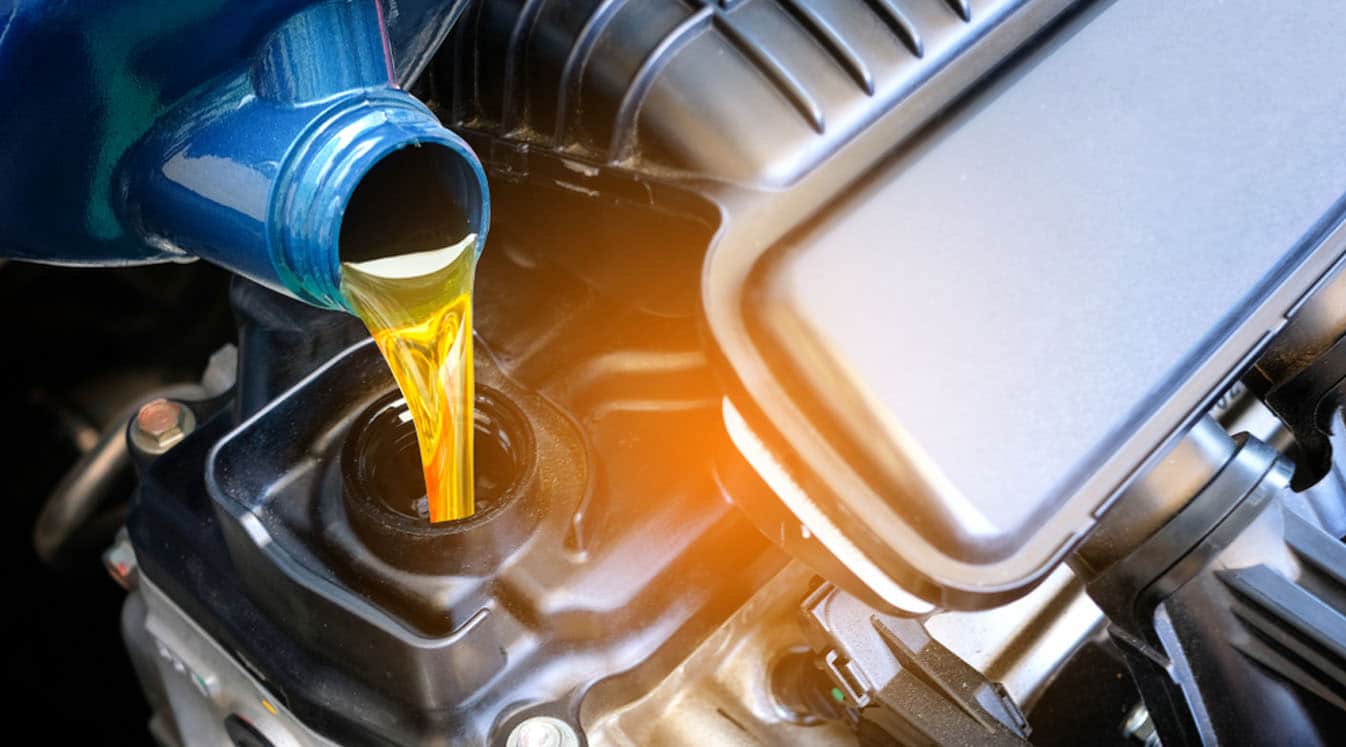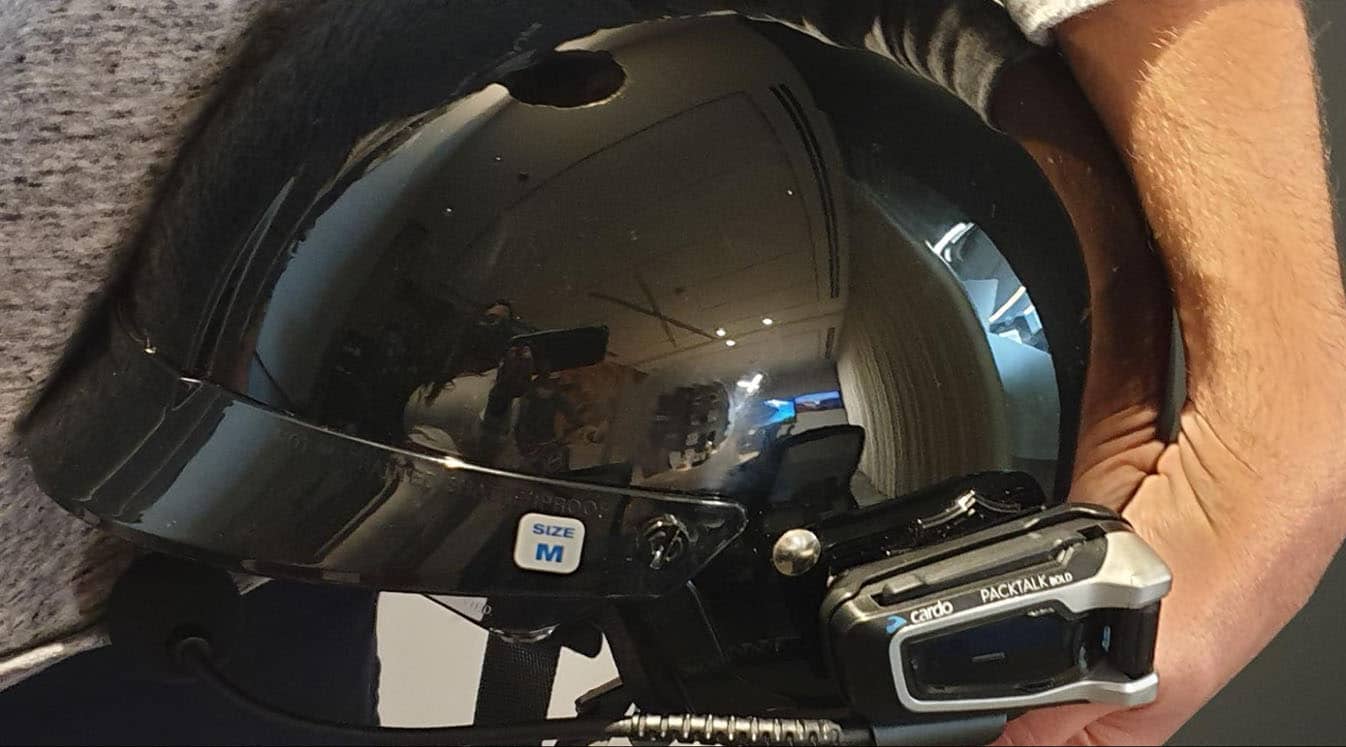Oil is the lubricant that keeps your motorcycle engine running. Without it, your bike would come to a grinding halt. Changing the oil is one of the most effective ways to maintain your motorcycle. It keeps crucial parts and components from sliding against each other for a smooth ride every time. If you’re new to riding or not sure how to change the oil, use this in-depth guide to learn everything you need to know about this sacred routine, so you can ride off into the sunset without damaging your engine.
What Does It Mean to Change Your Oil?
Every vehicle engine needs oil to generate power. Oil is used for two reasons: cooling and lubrication. It helps lubricate the parts and components as they rub against each other. It also cools the engine by transferring heat away from the contact surface.
However, motorcycles do not use the same type of oil as cars. Standard vehicles use oil with friction modifiers that reduce friction between parts and components, but motorcycles require a specific amount of friction to run. Oil for motorcycles uses a special formula that’s designed to protect the parts and components. Instead of reducing friction, the oil helps maintain the proper balance while lubricating the wet clutch, so it can move power to the drivetrain. If the friction drops below a certain threshold, the clutch will fail to engage and cause slippage. The oil should be slippery enough to lubricate the engine without losing control of the clutch.
However, the oil in your motorcycle won’t last forever. It will get dirty and less slippery, eventually losing its ability to lubricate the parts in your engine. The oil can also pick up particulate matter from inside the engine, such as metal shavings. Changing the oil means getting rid of the dirty and replacing it with fresh, clean motorcycle oil. This will also flush out the engine to get rid of any particulate matter.
How Often Should You Change Your Motorcycle Oil?
If you’re not sure when you should change the oil in your motorcycle, your best bet would be to check your user manual. You can also search for a copy of your manual online if you lost it. There is no set expiration date for your oil, so follow the manufacturer’s recommendations.
Every bike is different, but many riders say it’s best to change the oil every 2,000 miles or twice a year. Like most topics in the industry, not everyone agrees. Others will tell you to change your oil every 3,000 miles or once a year. However, these are vague estimates and there are many factors to consider, so be sure to research your specific make and model for more information.
Older bikes may need their oil changed more often than newer models as the parts continue to age. These parts tend to produce more particulate matter as the metal coating wears down.
You will also have to change the oil more often if you use the wrong type of oil or poor-quality oil. Oils are either synthetic or mineral-based or some version of the two, but it’s best to stick with whatever type the manufacturer recommends.
Find a Motorcycle Bluetooth Headset for Your Next Ride
You should also change the oil more often if you don’t have a good track record when it comes to maintaining your bike. If you haven’t changed the oil in a while or regularly ignore potential issues, your engine will probably be dirty, so be prepared to swap out the oil every 1,500 miles or less.
Consider where and how often you use your bike as well. If you seldomly ride your motorcycle, you should still change the oil once a year even if the odometer has barely moved.
If you like to tear up the wilderness or are constantly revving the engine, the oil will degrade at a faster pace than it would if you were just driving to work. Ease on and off the clutch to improve oil efficiency.
Regardless of how you like to ride, use motorcycle communication to stay in touch with your companions.
Signs Your Engine Needs an Oil Change
Don’t assume your oil doesn’t need to be changed if you haven’t reached the required mileage. Be on the lookout for these warning signs that your motorcycle needs oil:
- Low Dipstick: Many motorcycles don’t have an oil gauge, so you’ll need to use a dipstick to check the level. If you don’t see any oil on the stick or the level is too low, you’ll need an oil change.
- Excess Vibrations: If your bike is vibrating more than normal, especially at high speeds, it could be a sign that certain metal parts are banging together due to a lack of oil.
- Loud Noises: If these parts are banging together, you will likely hear it as well. Watch out for grinding, screeching, and banging sounds.
- Increase Temperature: Without oil, the engine will overheat. If the bike is running hotter than usual, you may need more oil.
- Engine Seizure: The engine may seize up while riding, which means the engine freezes all together. This usually happens when there is little or no oil.
There could be other issues with your bike as well. Listen for other warning signs that your bike needs to be repaired. Your oil system may be leaking, or the engine may be burning through oil faster than usual for some other reason. If you use Bluetooth motorcycle speakers, don’t forget to listen to your bike for more insight into what’s going on in the engine.
What Happens If You Don’t Change Your Motorcycle Oil on Time?
You are bound to run into all sorts of issues on the road when you fall behind on changing the oil. You may not notice these issues at first, but they will start to damage the internal components of your bike over time. Many riders have had to flush out thousands of dollars in repairs because they didn’t change their oil on time.
You should be aware of the warning signs that your bike needs an oil change, including what happens when your bike runs out of oil all together.
If you run low on oil or continue using dirty oil, it will start to lose its lubricating and cooling properties. The pistons will get hotter and hotter until they eventually fuse with the cylinder walls. This causes the engine to seize. The problem will eventually spread to other parts of the engine, including the piston connecting rods, crankshaft, and valves, all of which could easily break. Carbon deposits will also start to form on these components, which can lead to permanent damage.
You may still be able to start your motorcycle without oil but be sure to fill it with oil as soon as possible.
Use a Bluetooth Motorcycle Headset to Stay Safe
How to Change Your Motorcycle Oil: A Step-by-Step Guide
The good news is that all these issues are preventable as long as you replace your motorcycle oil as needed. You can always head over to your local mechanic for a quick oil change or take the DIY route. Going to a mechanic will set you back around $40 to $50 and usually takes around 15 minutes or less, depending on the time of day.
But changing the oil is one of the easiest projects you can take on as a motorcycle rider, so don’t be intimated. If you want to save some money, use this guide to change the oil safely:
What You’ll Need:
- One can of your manufacturer’s preferred type of oil
- One replacement oil filter
- Stand to keep your motorcycle stable
- Drain pan
- Dry rags
- Funnel
- Strap wrench
- Torque wrench
- New drain-plug and filler-hole gaskets or sealing washers
- Gloves, googles, and proper footwear
Safety First
You can never be too careful when working on your motorcycle at home. Make sure you are sober, conscious, and have enough energy to complete the task at hand before moving forward.
The entire experience should take you about 30 minutes or more if it’s your first time, so be sure to slot some time into your schedule. Try to distance yourself from any distractions that could compromise your safety.
The following is a general guide to changing the oil, but every bike is different. Consult the owner’s manual to see if it comes with instructions for changing the oil.
The process can also be messy, so lay down a used sheet or piece of cardboard to protect your floors.
Before working on your motorcycle, make sure it is securely attached to the stand. It should be supported on all sides and not leaning at an angle.
Shop for a New Bluetooth Motorcycle Helmet by Make and Model
Warm the Engine
Experts recommend changing the oil when the engine is warm but not too warm. It should be at operating temperature, so hold off until the engine has had a chance to cool if you just came back from a long ride. If your bike has been sitting idle, let it warm up for around 30 minutes. However, this isn’t the case for air-cooled motorcycles. If you don’t warm up the oil, especially in the winter, it will be much thicker and slow to drain.
Drain the Oil
Once the oil is warm, put the drain pan underneath the oil drain plug and use the proper wrench to open it. Don’t worry about saving the old plug. It’s best to replace it instead of using the old one. The oil should flow into the pan once the plug is open. Wait until all the oil has been removed.
Replace the Filter
Now’s your chance to replace your oil filter if it’s dirty. If you need a new one, find a replacement filter based on the manufacturer’s recommendations. Use the proper wrench to loosen the filter until you can unscrew it by hand. Let the excess oil drain into the pan.
When installing a new filter, add a little bit of oil to the filter to help break it in. Do the same to the O-ring on the filter to ensure a proper seal. Turn the filter until you feel some resistance and then go a half-turn more. It should be tight but avoid turning it too far or it may get stuck.
Replace the Drain Plug
You can reuse the same drain plug, including the O-ring or sealing washer, but it’s usually best replace them. They only cost a few dollars after all. Put the new plug in the right spot and screw it in until you feel some resistance. Use the torque wrench to tighten the plug.
Add Just the Right Amount
It’s finally time to add oil to the tank. Most motorcycles run on three to four quarts of oil but refer to the manufacturer’s guidelines to find the specific amount.
Adding too much oil will increase the amount of pressure in the crankcase, which can lead to spillage and leaking. Motorcycles use what’s known as a rebreather system, which is designed to regulate pressure in the crankcase. It will vent off excess pressure to keep the bike running. The excess oil will start to leak out the rebreather system, eventually making its way into the air intake valve. It may even start burning as part of the combustion cycle.
If you decide the leave the old filter in place, you won’t need as much oil. Reduce the normal amount by around half a quart.
Check the Level
Once you’ve added the right amount of oil, it’s time to check your work. Make sure oil isn’t leaking from the system before heading out on the road. Take a short trip and return to your garage. Check the oil level to make sure it is at the same level.
Your motorcycle should have a fresh tank of oil to keep the engine cool and lubricated. Continue monitoring the level as you ride. You never know when your bike might go through more oil than usual. And don’t forget to use a Bluetooth motorcycle helmet, so you can contact your loved ones or the authorities in case of emergency.





